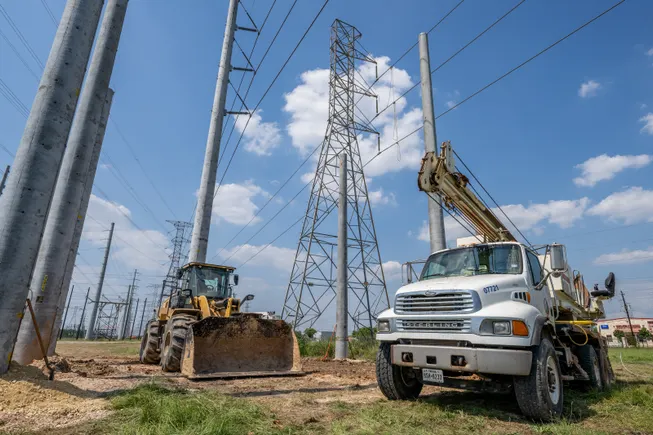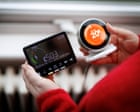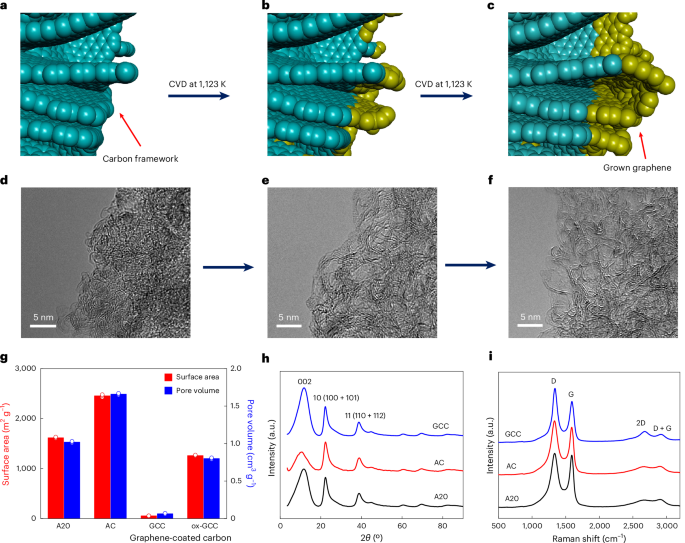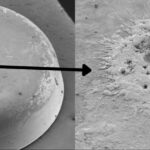Bio‐Inspired Toughening Elastomer as an Innovative Self‐Healing Binder for Si‐Based Electrode
Advanced Energy Materials, EarlyView.

Inspired by mussel, coordination is introduced into the hydrogen bond network to achieve a toughening elastomer. The dual-dynamic network achieves outstanding tensile properties and self-healing capabilities. The enhanced toughness and efficient self-healing character realize the damage reversibility of the electrode so that the binder can maintain the long-life stability of the electrode and high capacity retention.
Abstract
The primary failure behavior of Si-based anodes is electrode fracture, which results from significant volume changes during electrochemical cycling. Binders play an essential role in maintaining electrode integrity. However, conventional binders often exhibit insufficient mechanical properties, leading to structural failure under stress. Inspired by the mussel byssus which contains metal coordination bonds to achieve toughness, this work proposes a dual-dynamic network that integrates self-healing ability and toughness through hydrogen bonds and metal coordination into a soft isoprene backbone. The extensibility of the crafted structure enables deformation exceeding 1300%, which is remarkably higher than most reported binders. Different from the self-healing binders with single reversible bonds which have limited mechanical properties, the dual-dynamic network combines rapid repair via hydrogen bonds with sufficient toughness from coordination bonds. In addition, the carboxyl groups retained during grafting provide interaction with the Si surface. Accordingly, the SiC and SiOx electrodes with as-made binder achieve good cycling stability (retention of 83.3% and 86.8% after 300 cycles, respectively). The LiPF6//SiC full cell retains 96% after 150 cycles at 0.2C, and NCM811//SiC cell achieves retention of 84.2% after 200 cycles at 0.5 C. The implementation of this self-healing binder provides a novel paradigm for rationally engineering the multi-function binders.






























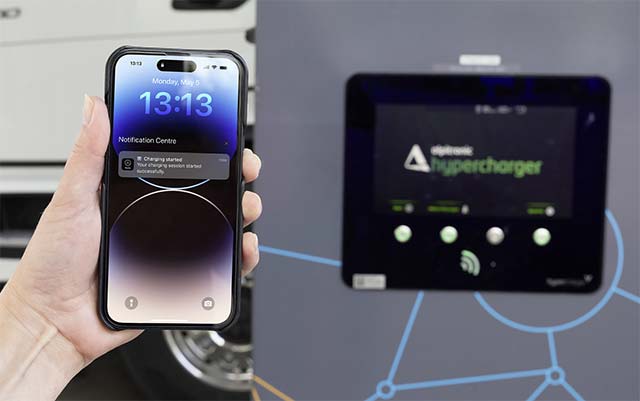




















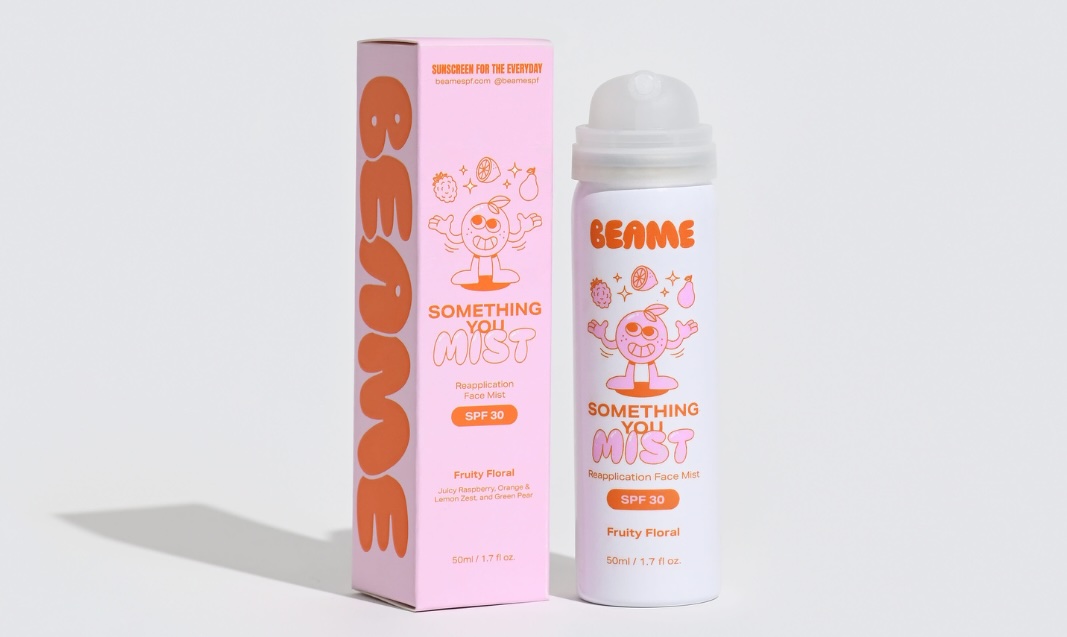











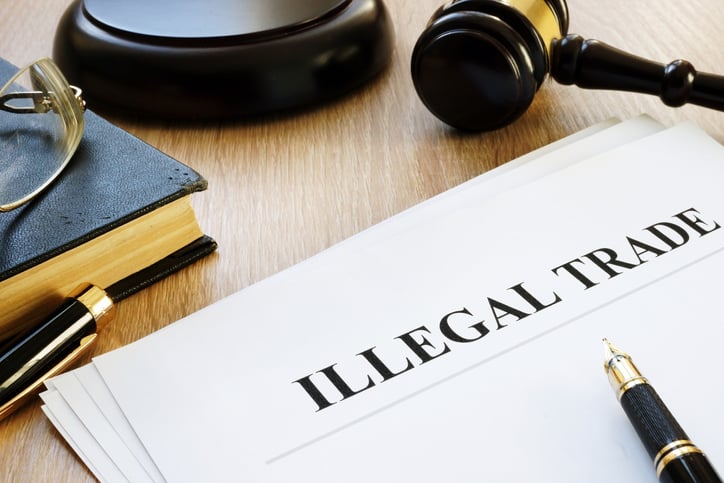
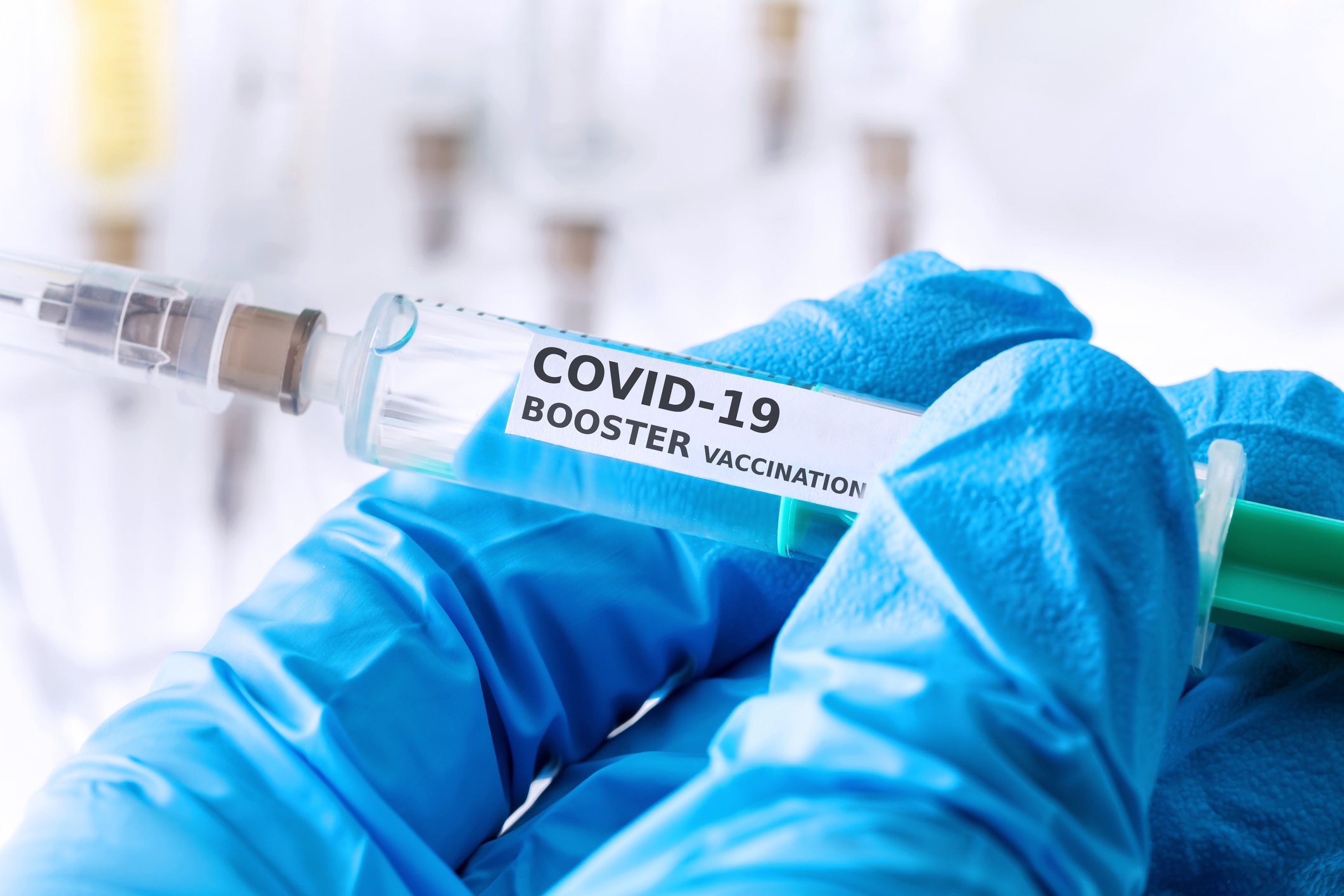





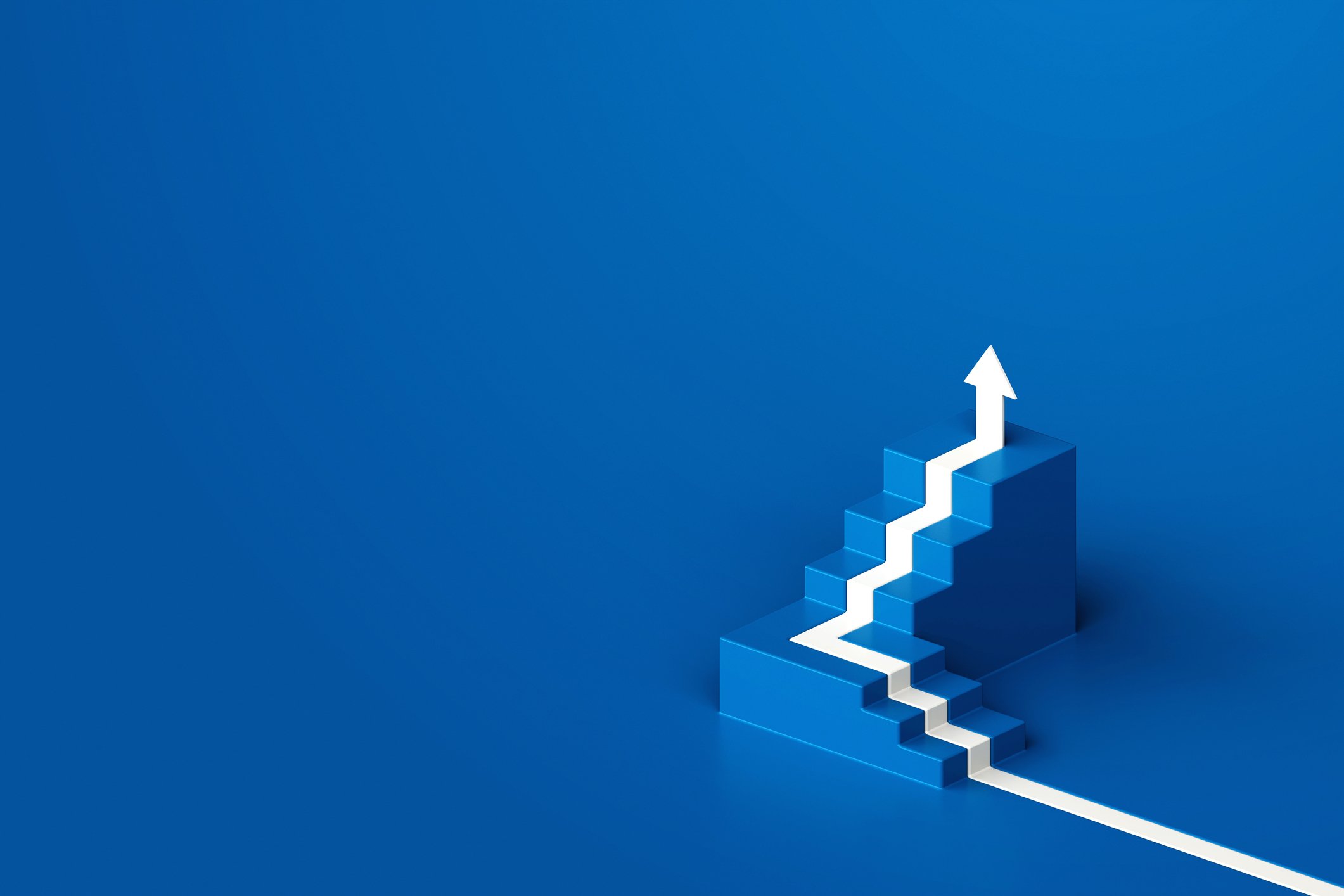
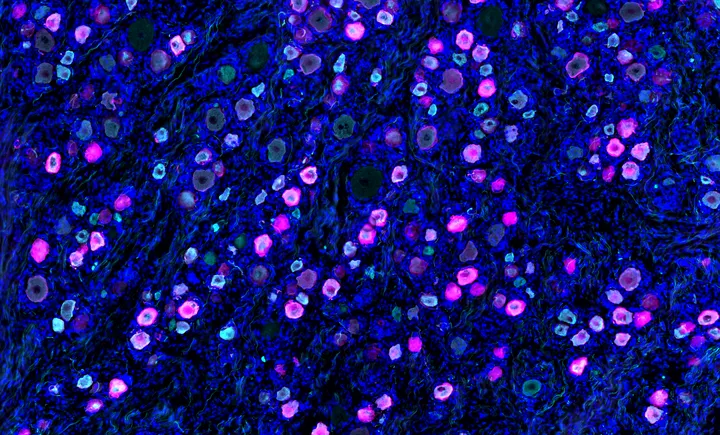

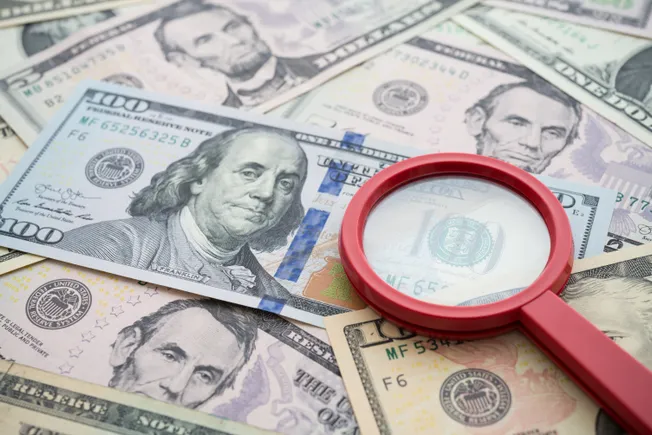

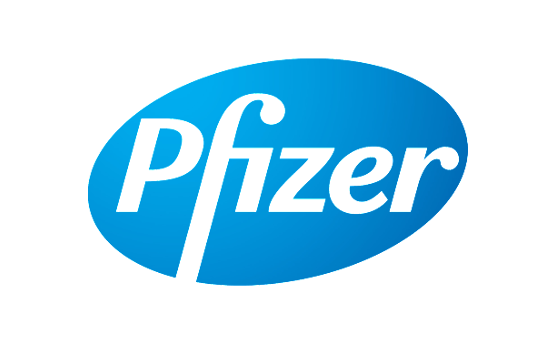

















![[Video] The Weekly Break Out Ep. 19: Army aviation’s shakeup and the F-35’s future](https://breakingdefense.com/wp-content/uploads/sites/3/2025/05/EP-19-THUMB-play-button.jpg?#)


























